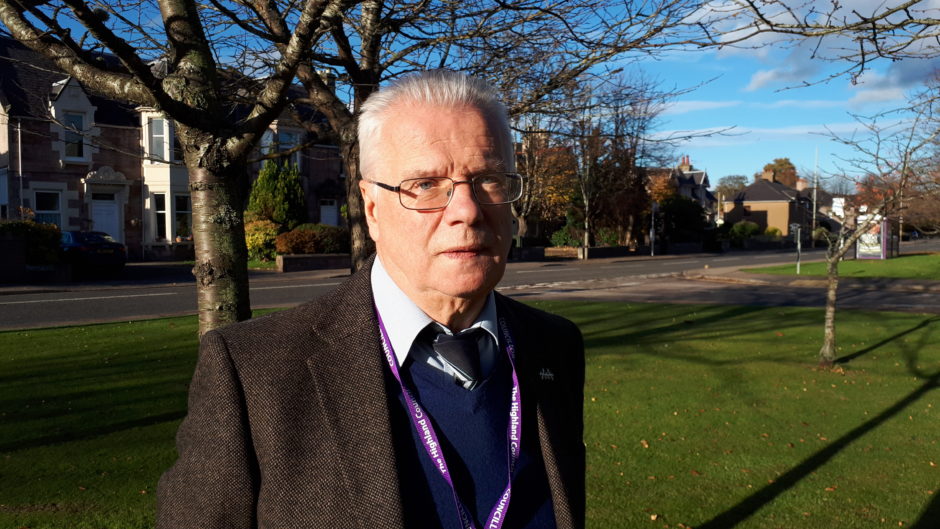A report on the Highland Council’s capital spending details £128m in loans, which will be repaid over the next six decades.
To fund its capital programme, the council needs to borrow £80m for general fund expenditure and £48m for its housing revenue account.
This places what officers described as a “significant financial burden” on the council – and rate payers – for generations to come.
The figures were set out in a report to the council’s corporate resources committee this morning. Though borrowing is high, the overall financial picture for the council was not altogether gloomy.
Revenue snapshot is positive
Looking first at the revenue accounts, members welcomed the healthy balance of non-earmarked reserves, which stands at £26.5m.
At 4% of the revenue budget, this is higher than the 3% recommended by Audit Scotland.
There are significant budget pressures. The council agreed to underwrite a projected overspend of £2.7m for High Life Highland, and the full cost of Scottish Government election promises is not yet known.
However, councillors gave a cautious welcome to the mid-year report.
Councillor Ian Cockburn was even optimistic, stating: “We’ve more money now than we’ve ever had. We need to watch we don’t put ourselves into doom and gloom, and never get back out of it. Let’s lighten up a bit.”
Budget leader Alasdair Christie agreed council is in an “excellent position”. However, the report must take account of the expected movement in the reserve budget before year-end.
“Overall, we are in a strong position due to the stewardship and guidance of officers, the financial support of the Scottish Government and our own prudent decision-making,” said Mr Christie.
Council leader Margaret Davidson called it a “snapshot” of the current position. She said Cosla is making the case to the Scottish Government to appreciate local government, and reflect this in a favourable financial settlement.
Northern Rock, or Heathrow?
Returning to the subject of capital, members were mostly content with the amount of borrowing. Councillor Derek Louden said that many of Highland Council’s old debts were now coming to an end, and new borrowing is much cheaper.
However, he warned council not to take the “Northern Rock” approach of relying too heavily on short-term rates.
Mr Louden suggested that the Highland Council review its loans profile and consider more long-term capital borrowing.
Liz Denovan, executive chief officer for resources and finance, said this was an option, but would cost more initially.
Members of the opposition also took aim at the “column of zeroes” in the capital monitoring report.
Earlier this year, Mr Louden complained that the rebased budget made it look as if every Highland Council capital project was coming in exactly on budget.
Rather than presenting the initial budget, together with information about overspends and underspends, the reports show ‘zero’ in every column. This is because council agreed to reprofile the budget. However, the SNP group called for the full financial detail to be included.
Councillor Cockburn, still fresh from his demand that council “lighten up” quipped: “I used to work for Terminal Five at Heathrow. They had a sign saying ‘On time’ and ‘On budget’. That project was never on time and never on budget. They just changed the due date and the budget to fit.”
Highland Council officers agreed that future capital reports would include the full financial context, plus a summary of any expected movement in year-end reserves.

